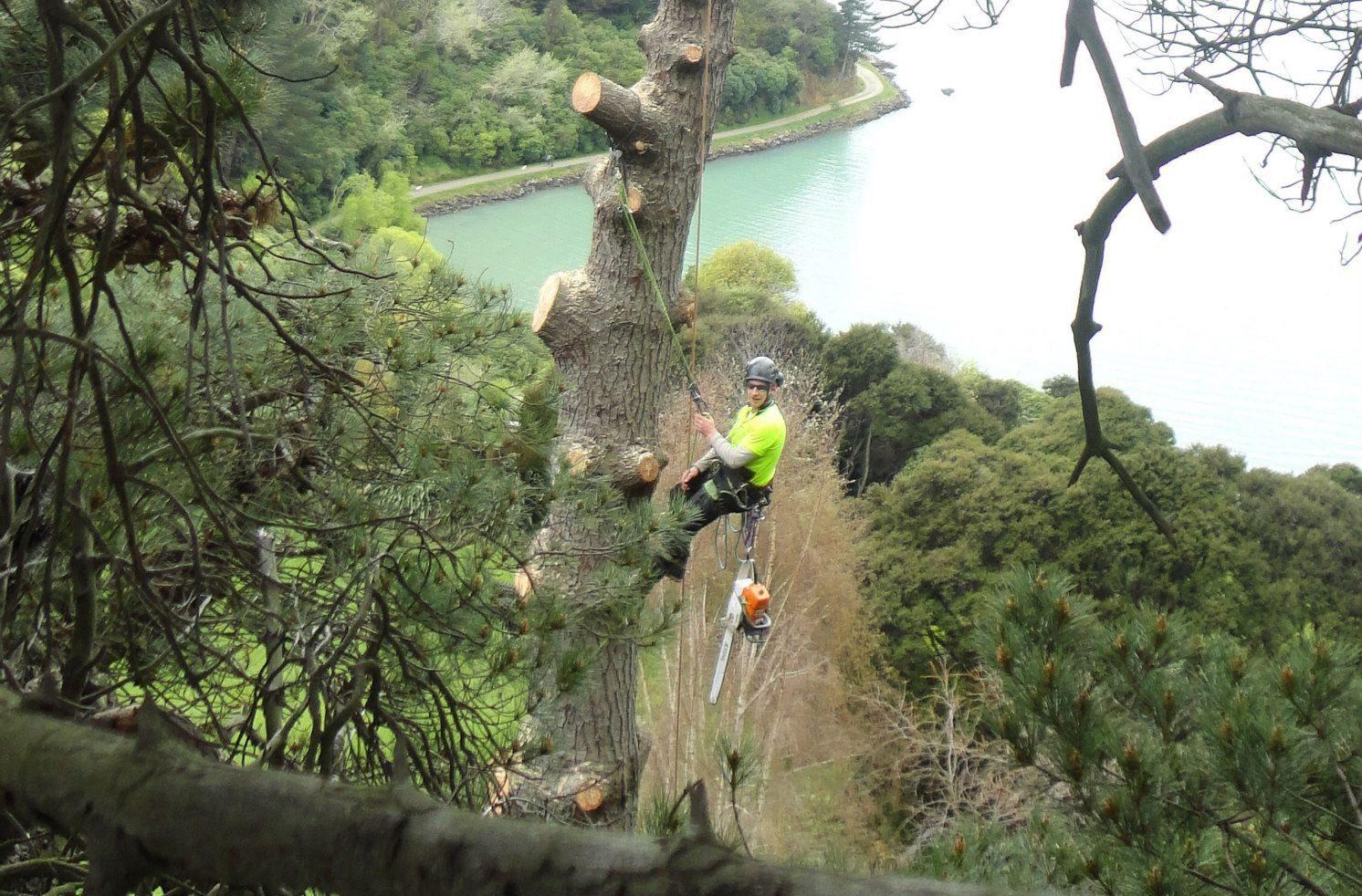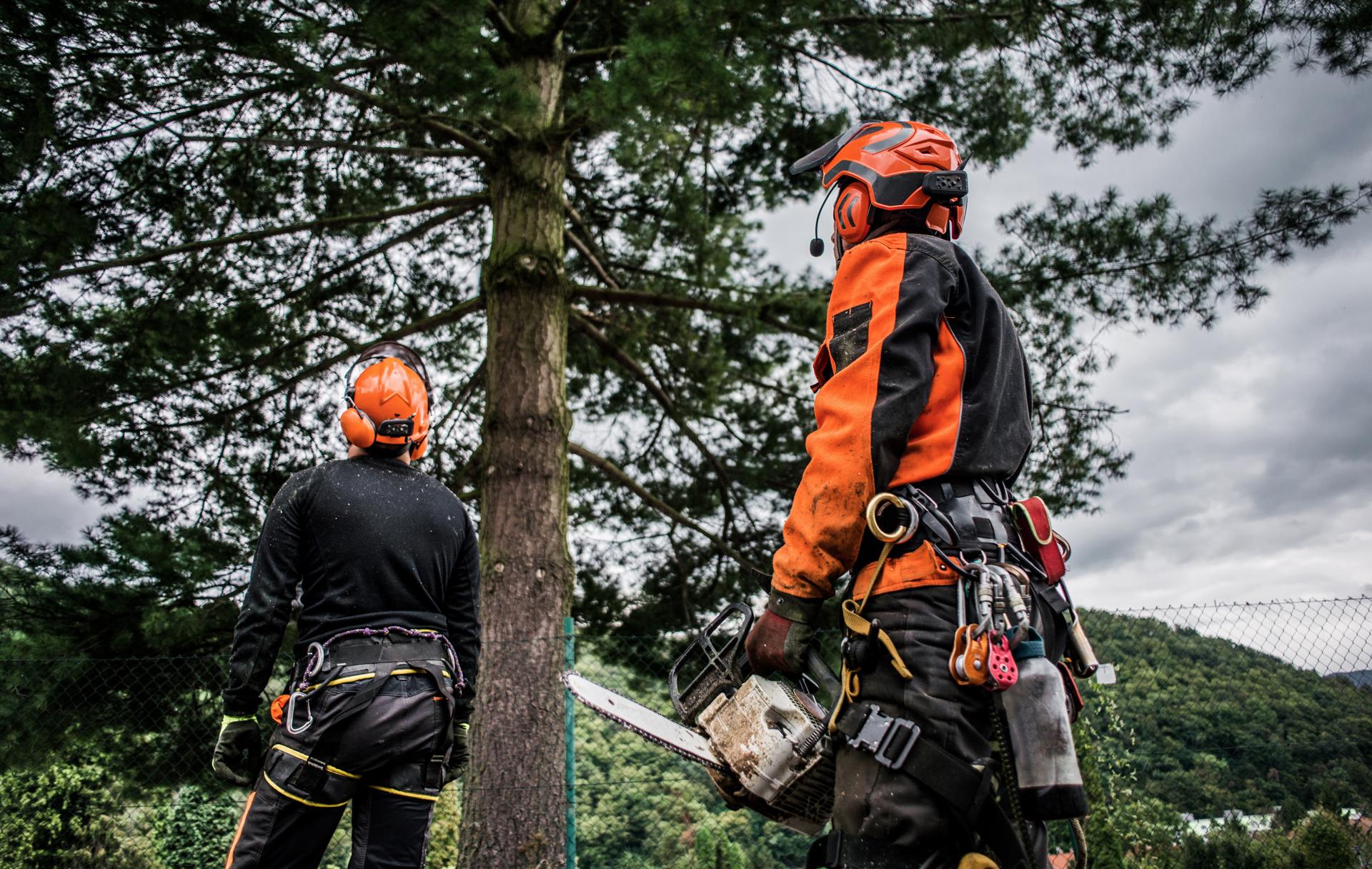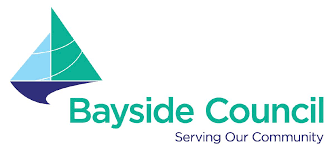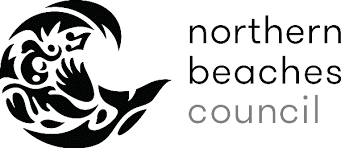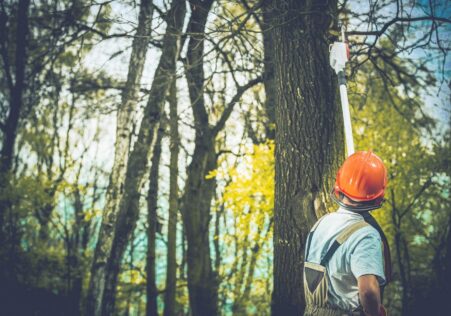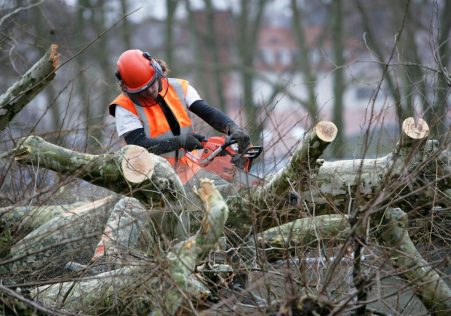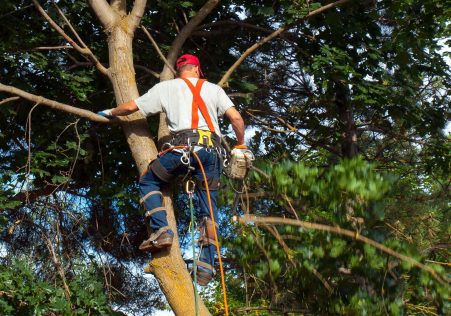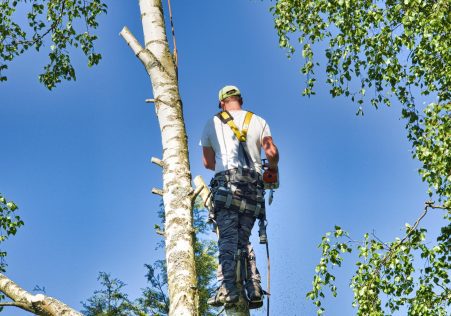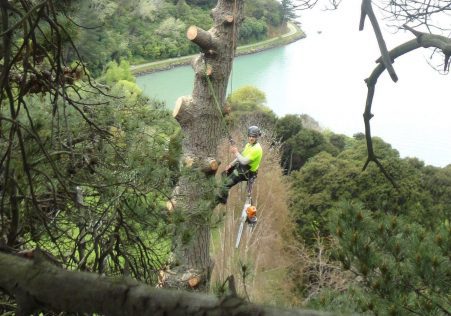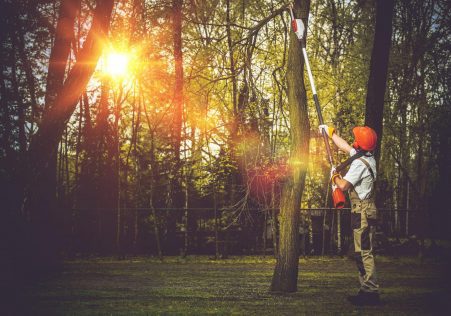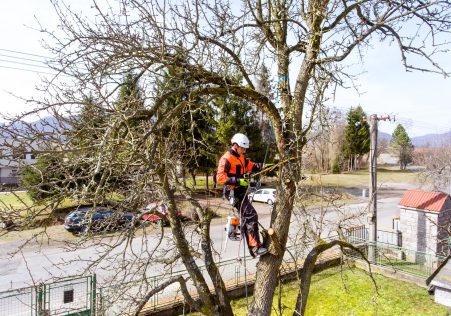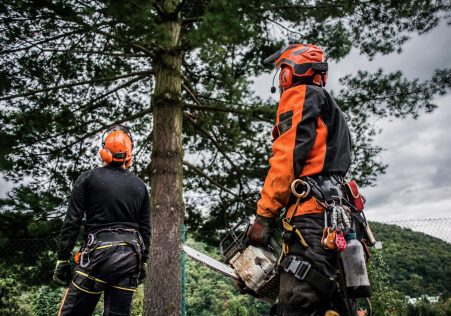Don't Wait Until it's Too Late: Spotting Hazardous Trees
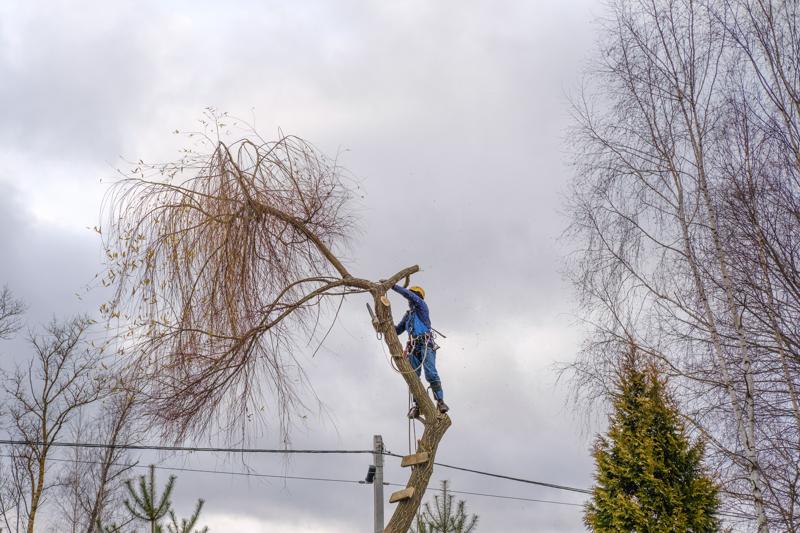
Tree removal is a complex and possibly dangerous job. If a tree has died or diseased or is in danger from falling down, then it might need to be removed to prevent damage to the property and to guarantee safety. But how do you tell when a tree must be removed? This article will guide you through the warning signs to watch out to and assist you decide whether it’s time to call the professionals.
Dead or Dying Trees
One of the obvious signs that a tree must be taken down is when it is dead or dying. Dead trees do not have leaves and may have a lifeless appearance. If a tree doesn’t have leaves or any signs of new growth, it’s probably dead. The bark of a dead tree may be dry, cracked or peeling.
Diseased Trees
Diseased trees may pose a threat to other plants and trees within the vicinity. Common signs of disease on trees are the appearance of yellowing leaves, wilted branches, and mushrooms growing at the bottom or the trunk. If you suspect your tree might be suffering from disease It is essential to get it checked by a professional arborist.
Leaning Trees
TreesLeaning trees to one side may be a sign it is a sign that the roots are failing, and the tree could be in danger of falling. To determine if a leaning tree could be a threat, check for cracks or breaks in the trunk and look into the soil surrounding the base of the tree. If you notice any of these indicators it is recommended to have the tree evaluated by an arborist.
Overhanging Branches
Overhanging branches of trees located close to power lines or buildings can pose a risk to the safety of your property and personal safety. If you have concerns about overhanging branches, it’s best to have the tree evaluated by an arborist to determine whether removal or pruning is needed.
FAQs
How can I tell if a tree is dead?
The tree will be considered dead when it does not have leaves and no indication of new growth. Additionally, the bark of dead trees can be dry, cracked, or peeling.
What are the warning signs of a dying tree?
Common signs of illness in trees include the appearance of yellowing leaves, wilted branches, and mushroom growth at the bottom of the tree.
Is it safe to take down the tree by yourself?
Tree removal is a difficult and potentially dangerous task. It’s best to delegate it to experts who can ensure the safety of you and your family members.
Conclusion
When it comes to tree removal, it’s important to be able to identify the indications that a tree should be cut down. When you’re aware of signs of dead or dying trees, diseased trees, leaning trees, and overhanging branches, you can take steps to protect your property and the people surrounding you. If you suspect that a tree on your property needs to be removed and you are unsure, reach out to Sydney Eastern Suburbs Tree Removal for a professional evaluation. Our arborists with years of experience are equipped with the knowledge and experience to take care of all the tree removal requirements. Don’t take any chances with your safety. If you think a tree on your property should be removed, call Sydney Eastern Suburbs Tree Removal today for a professional assessment. Our experienced arborists can provide you with peace of mind that comes from knowing your property is in good with us. Call us now by dialing 1300 526 708 to schedule an appointment.

